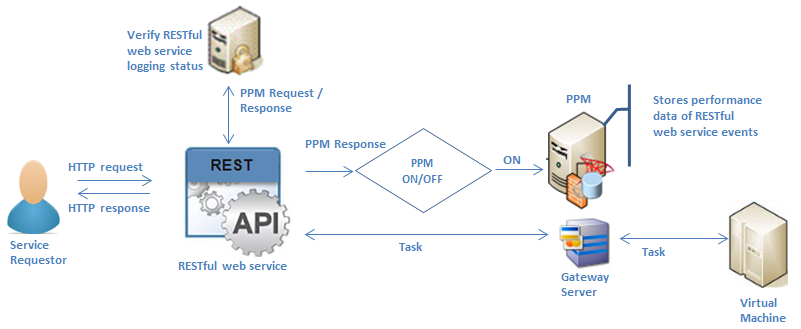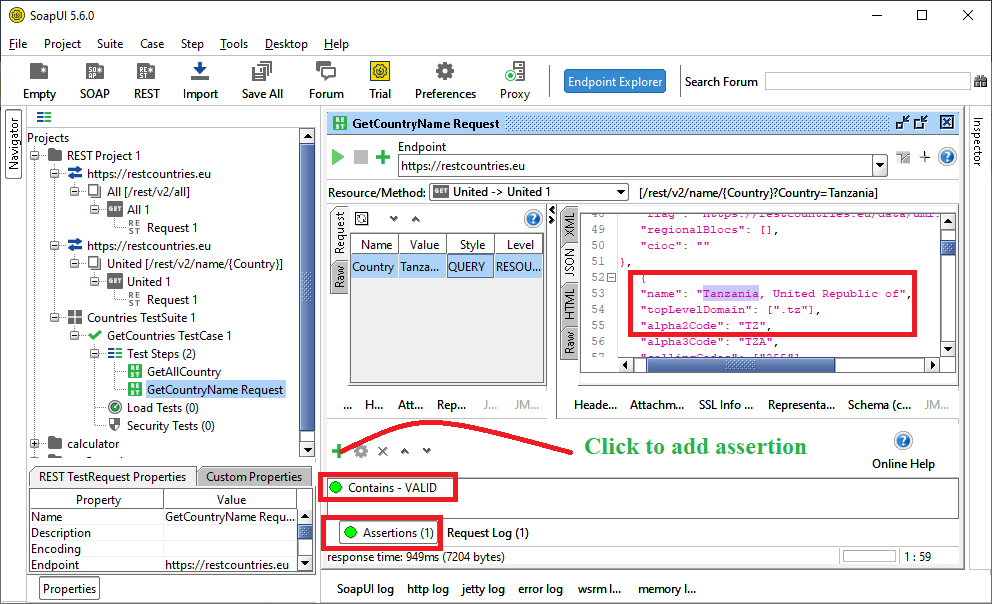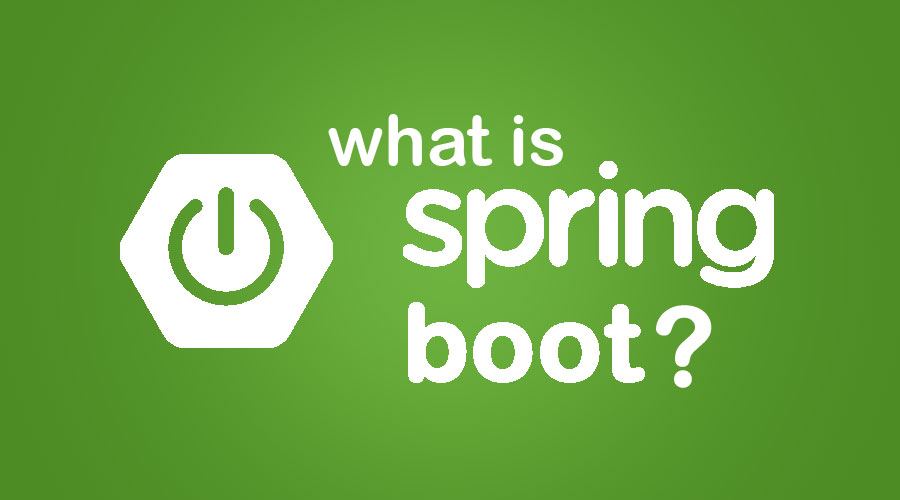

API developers can implement REST in a variety of ways.


REST is a set of architectural constraints, not a protocol or a standard. It’s also a way for an organization to share resources and information while maintaining security, control, and authentication-determining who gets access to what.Īnother advantage of an API is that you don’t have to know the specifics of caching-how your resource is retrieved or where it comes from. You can think of an API as a mediator between the users or clients and the resources or web services they want to get. In other words, if you want to interact with a computer or system to retrieve information or perform a function, an API helps you communicate what you want to that system so it can understand and fulfill the request. An API is a set of definitions and protocols for building and integrating application software. It’s sometimes referred to as a contract between an information provider and an information user-establishing the content required from the consumer (the call) and the content required by the producer (the response). For example, the API design for a weather service could specify that the user supply a zip code and that the producer reply with a 2-part answer, the first being the high temperature, and the second being the low.


 0 kommentar(er)
0 kommentar(er)
